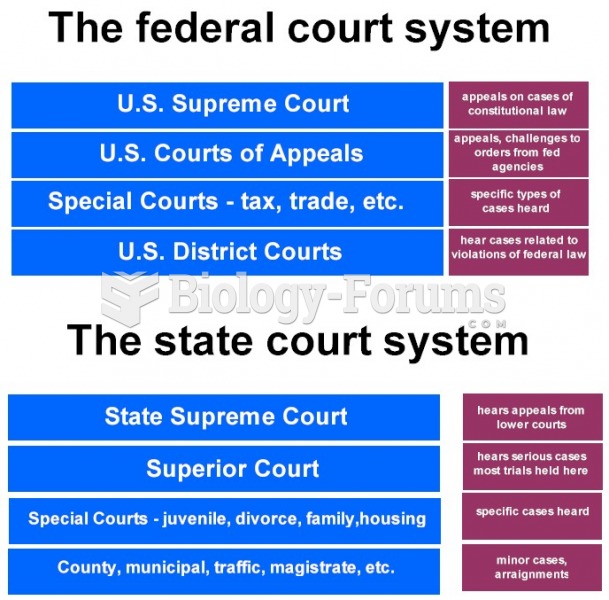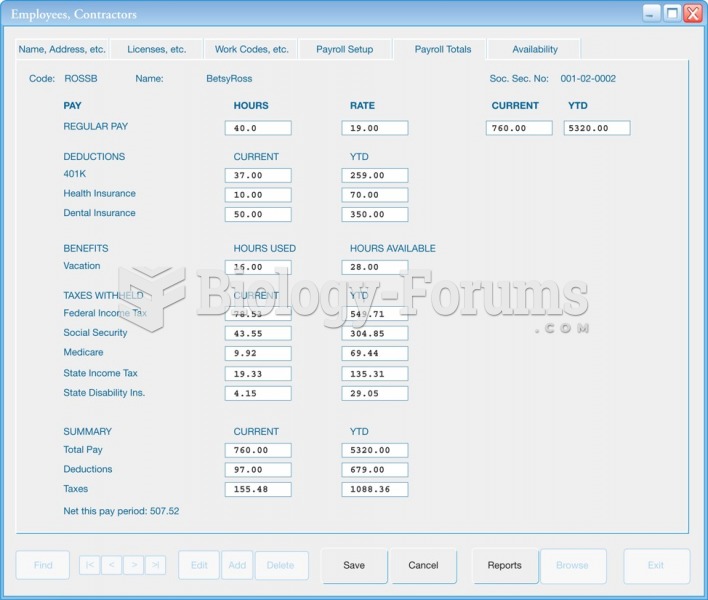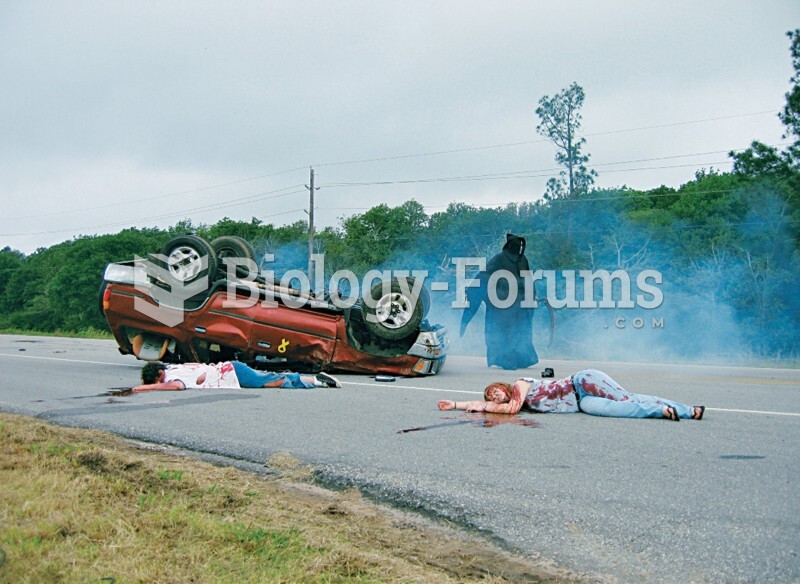Answer to Question 1
In order for a neighborhood watch to be effective, there needs to be an actual watch of the neighborhood. There needs to be a networking system with other neighborhoods as well, because the sharing of information is imperative. The ideal set up for a neighborhood watch would have every member of the organization communicating electronically and covering shifts of patrol. Websites can be used for neighbors to sign up for shifts and take turns driving or walking the area a couple times each night. The patrols would also branch out into nearby neighborhoods because criminals often cover a several blocks in their search for items to steal. (Finding a suspicious person a couple of streets away at 2:00 AM could save your own block from criminal activity at 3:00 AM.) Signs can be put up to warn criminals that there is a neighborhood watch in place. Fliers can be put out in a to mile square advertising your nightly patrols. This encourages other neighborhoods to participate and also gets the word out to potential criminals, including juveniles who sneak out to break into garages and cars. Your neighborhood would need a secure communications system so neighbors can advertise their vacations without that information falling into the wrong hands. A captain or communicator would need to be in constant contact with the police department for pertinent information about crime in the area. The neighborhood would need to meet periodically and have trainings and share ideas.
Answer to Question 2
The Fourth Amendment applies to searches and seizures. A search is an activity geared toward finding evidence to be used in a criminal prosecution. To define when a search takes place, two important factors need to be considered: (1) whether the presumed search is a product of government action and (2) whether the intrusion violates a person's reasonable expectation of privacy.The term seizure has a dual meaning in criminal procedure. First, property can be seized. Often, the result of a search is a seizure of property to be used as evidence.







